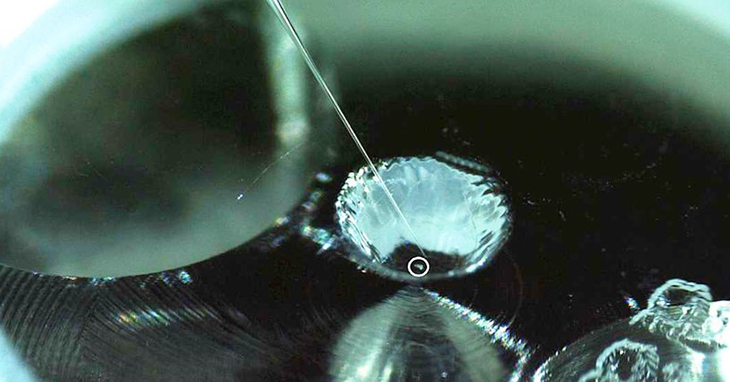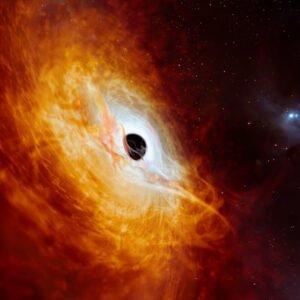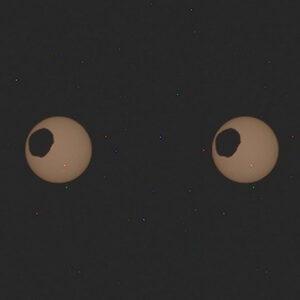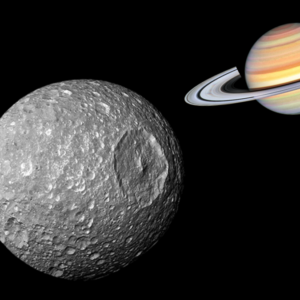
There’s so much yet to be discovered out there. As they say, the mysteries found in space can’t be unraveled in just one lifetime. However, thanks to these intrepid scientists and to modern technology, discoveries are made each day. Some of these findings may even be beneficial to mankind. And maybe, just maybe, the solution to life’s problems could be found beyond the planet.
It may be time to look into your family tree. Follow the long and elaborate roots that go back to our primordial origins from billions of years before, during the big bang. Man originated from dust and to dust we return. This dust, may have a connection to the other unknown species and objects floating around in the galaxy, from earth to way past the milky way.
Where does this organic dust come from? No one has a definitive answer to it. In fact, this has been a topic of debate and contention for some of the scientists. People have prodded, argued, and researched about our origins for more than half a century. While they haven’t come up with something firm just yet, recent discoveries have unearthed organic materials crucial to life on Earth on the surface of an S-type asteroid.
An international team of researchers recently looked closely into one of the particles brought back from the asteroid Itokawa by the Japanese Space Agency’s (JAXA) original Hayabusa mission back in 2010. Most of the meteorites found on earth come from S-type asteroids like Itokawa. These heavenly bodies that have found their way into the planet may have contained important ingredients for life on our planet.
This recent discovery is a large leap forward in terms of understanding of how life-forming conditions could come to be. Up to this very day, most studies on organic material has honed in on carbon-rich (c-class) asteroids.
A team of scientists looked into the asteroid sample and found that organic material has evolved over time through severe conditions. These materials have incorporated water and organic matter from a variety of sources. This process is very similar to what happened on Earth. Simply put, this could explain how the oldest forms of terrestrial biochemistry might actually be an extension of the chemistry taking place inside the other asteroids.
Queenie Chan, earth scientist from the Royal Holloway University of London explains, “These findings are really exciting as they reveal complex details of an asteroid’s history and how its evolution pathway is so similar to that of the prebiotic Earth.”
Over the years, evolutionary models have been made and many have the ability to take us back to 3.5 billion years ago. A time when life was nothing more than simply competing sequences of nucleic acid. Should we go back even further, we have no option but to consider how different elements such as hydrogen, oxygen, nitrogen, and carbon might fuse together to form wonderfully complex molecules that are capable of self-arranging into matter that closely resembles RNA, proteins, and fatty acids.
During the 1950s, experts were first considering the tricky question of how simpler ingredients might sporadically turn into an organic soup. Experiments then suggested that the earth’s surface can actually do a capable job for it. Now, almost seven decades later, our focus has shifted. Our experts are now considering the slow and steady chemical processes that happen inside the very rocks that assembled themselves into worlds much like the one we live in.
Evidence is plentiful now. Scientists know that a steady rain of rock and ice billions of years ago were able to deliver molecules of cyanide, the sugar ribose, and even amino acids. These molecules then molded with the water available on the earth’s surface. Unfortunately, the degree to which the chemistry of these meteorites could have been contaminated leaves so much room for questioning.

Ever since the return of Hayabusa a decade ago, more than 900 particles of untarnished asteroid dirt were from its attached payload. All these have been segregated accordingly in a JAXA clean room. Only less than 10 have been looked into for signs of organic chemistry. All contained molecules that were predominantly made up of carbon.
Itokawa is what experts refer to as a stony (or siliceous) class of asteroid, or s-class. There were early studies conducted on its material. Those involved believed this to be an ordinary chondrite, which is– a relatively unmodified type of space rock that represents the primitive state of the inner solar system. That’s because these types of asteroids often found itself into earth. They aren’t generally thought to contain much in terms of organic chemistry, but those early discoveries did pique our sense of curiosity.
Chan and her colleagues decided to look further into one of these grains of dust, which is a 30 micrometer wide particle that has the shape of the South American continent. They analyzed the particle and studied its details such as its make-up and water contents. What they discovered is a rich mixture of carbonaceous compounds, including signs of disordered polyaromatic molecules of a clearly alien origin, and the structures of graphite.
Chan says, “After being studied in great detail by an international team of researchers, our analysis of a single grain, nicknamed ‘Amazon’, has preserved both primitive (unheated) and processed (heated) organic matter within ten microns (a thousandth of a centimeter) of distance. The organic matter that has been heated indicates that the asteroid had been heated to over 600°C in the past. The presence of unheated organic matter very close to it, means that the in-fall of primitive organics arrived on the surface of Itokawa after the asteroid had cooled down.”
Itokawa has had a very colorful and adventurous history for a rock that was simply float idly around the sun for billions of years. These have been changed and modified after being baked, dehydrated, then rehydrated with a fresh coating of material.
This may not sound like much of a story, especially when compared to our planet’s history. Nonetheless, the activity inside the asteroid does prove that the cooking of organic material in space is a complicated and tedious process. And this isn’t limited to just carbon-rich asteroids.
In fact, late last year, Hayabusa2 returned with a new sample of a c-class, near-Earth asteroid named Ryugu. They compared the contents of its payload from its previous one. This experiment will undoubtedly contribute to further knowledge in organic chemistry and how materials evolve in space.
This research was published in Scientific Reports, and with it, the question of our origins and its seeming uniqueness is one that experts will strive to answer. Every new discovery is a story that simply stretches to beyond what we could ever perceive.
What are your thoughts? Please comment below and share this news!
True Activist / Report a typo


